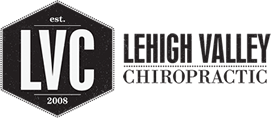Pinched Nerve | Sciatica
What is Sciatica / Pinched Nerve?
The sciatic nerve is a long, wide and branching nerve that travels from the low back into the buttocks then down to the feet. When this nerve or its roots becomes irritated or inflamed, pain, numbness and weakness may ensue along its course. This is commonly referred to as a “pinched nerve” though the degree to which the nerve is actually being pinched can vary. Sciatica isn’t a disorder, per se; rather, it is a set of symptoms. The symptoms include pain (generally pain radiating into the buttock, thigh, and calf), pins and needles/tingling and decreased muscle strength. Often the pain becomes worse with activities that increase pressure including coughing, sneezing and bearing down when going to the bathroom. Rarely bowel, bladder and sexual dysfunction are reported; this may be a sign of a medical emergency (cauda equine syndrome)-if you are currently experiencing any of these symptoms, a visit to your nearest emergency room is warranted. It is important to recognize and treat the cause of sciatica. The most common cause is disc herniation. Other common causes include piriformis syndrome (spasm of the pirifomis muscle puts pressure on the sciatic nerve), stenosis, pregnancy and bone spurs (osteophytes). Less common and more serious causes of sciatica include bone tumors, nerve tumors and infection.

 610-868-6800
610-868-6800